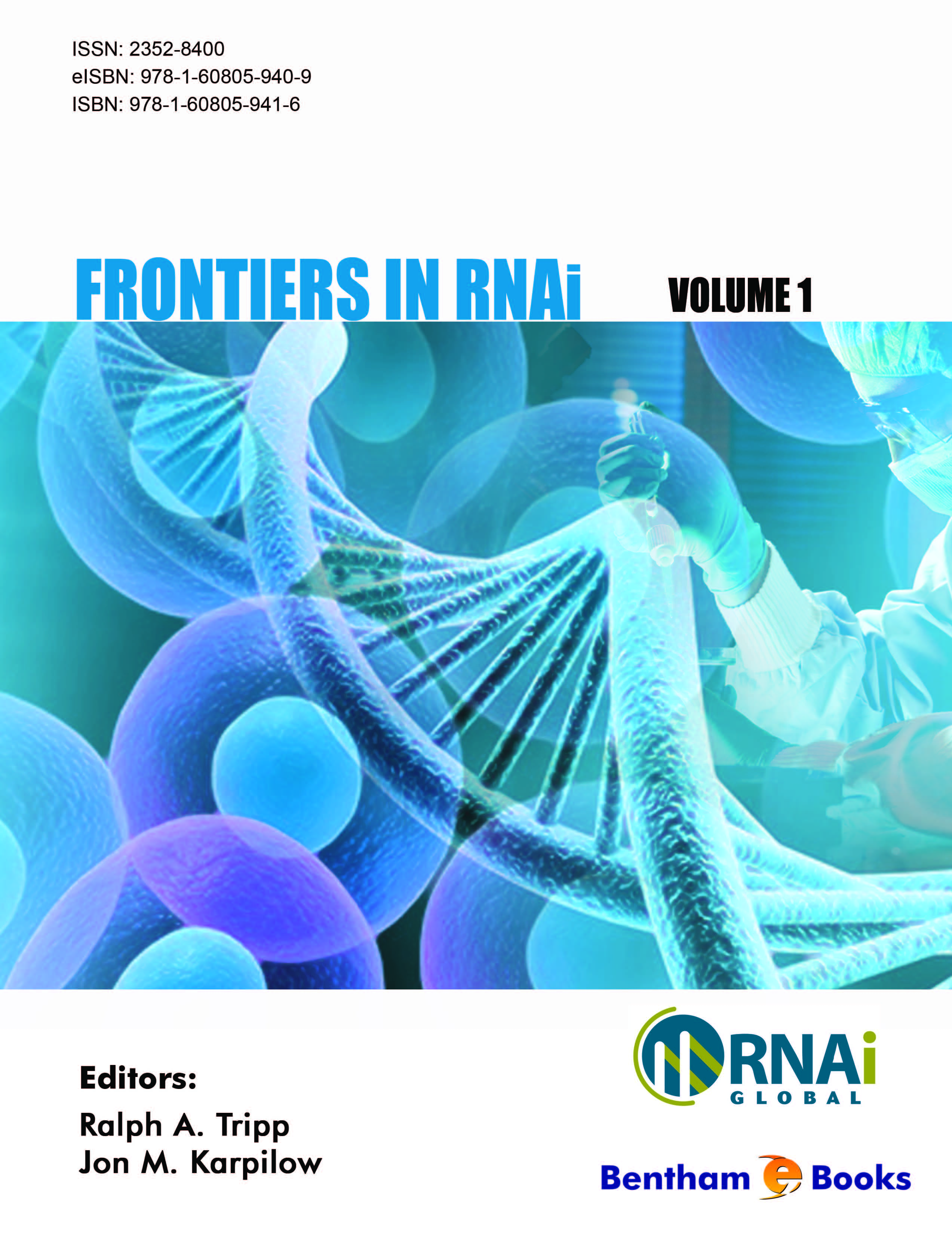Introduction
RNA Interference (RNAi) arrived in the scientific community just over a decade ago, and has since blossomed with new connections being made between post-transcriptional gene regulation and such topics as innate immunity, epigenetics, and genome organization. Simultaneously, RNAi “the tool” has facilitated research in countless areas, expanding our understanding of cancer, virology, and stem cell biology while challenging the reliability of in vitro systems to accurately model normal and disease physiology. The contributions of RNAi are expected to grow over the next decade in part due to the current ability to map the host-pathogen interface using RNAi to identify previously unknown interactions. Continued studies of lncRNAs and miRNAs, particularly as they are associated with target identification, are expected to expand our understanding of non-coding RNAs and lead to a more integrated and comprehensive theory of gene modulation. RNAi is currently being used to enhance bioproduction platforms and bioprocessing, a feature that will change the paradigm of biotechnology and drive economic growth in such fields as vaccine development, biofuel production, and industrial manufacturing. There is currently a keen need for expert literature that details recent advances and applications of RNAi technology. The publication being proposed herein will draw upon the expertise of the RNAi Global Initiative (RGI), a worldwide academic-industrial consortium comprised of over fifty universities, all focused on high-throughput genome-wide RNAi screening. With expertise in cancer biology, bioinformatics, host-pathogen biology, bioproduction, as well as RNA biology and chemistry, RGI, together with additional colleagues in academics, government, and industry, is well positioned to provide up-to-date perspectives on the advances and challenges facing the scientific community.

